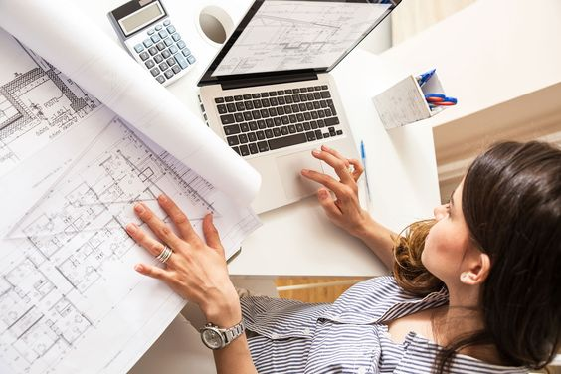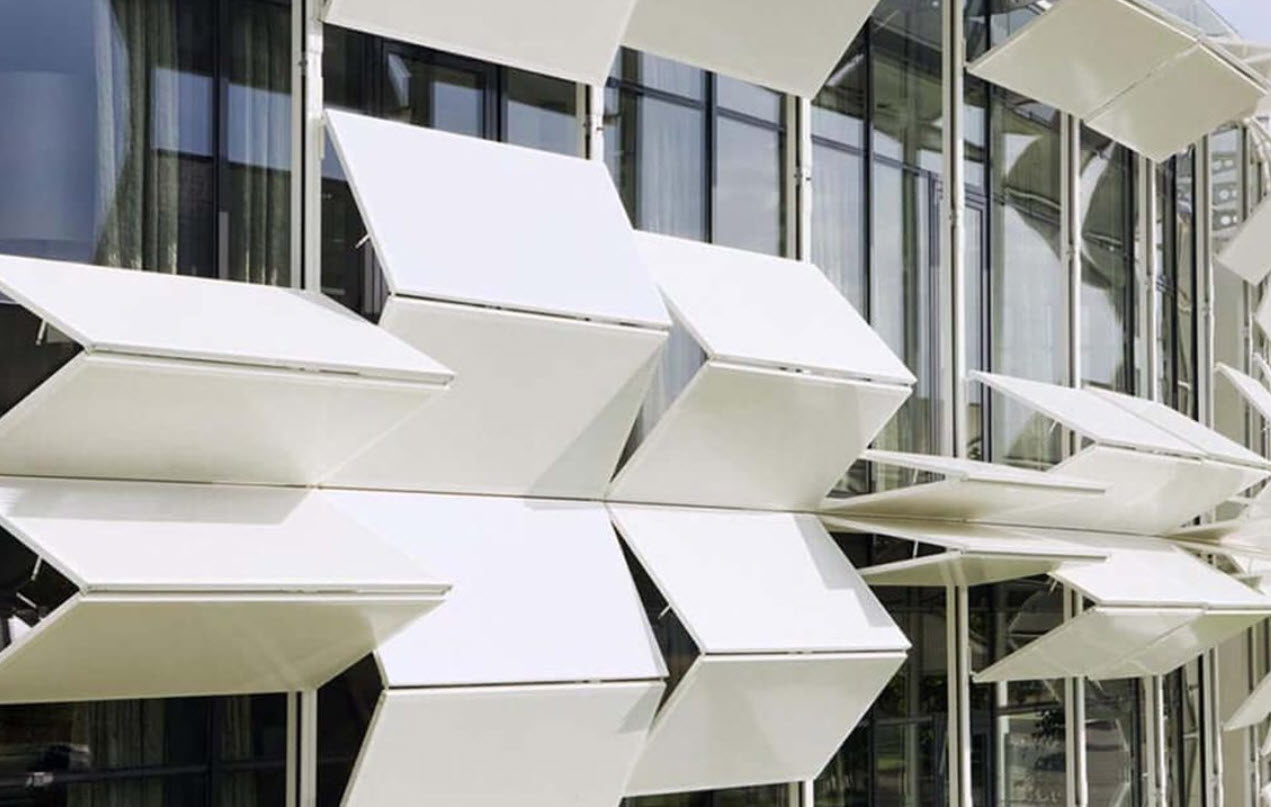
Kinetic Facades
The architectural form of a building defines the facade’s interaction with the environment. Kinetic facades, an interactive component, use real-time movements to determine the most appropriate orientation and configuration.
Kinetic facades, which we design using textile cover materials, create useful environments for temporary protection from external weather conditions or simply to add aesthetic value.Kinetic facade elements generally change shape by folding, sliding, rotating, translating or undergoing formal changes of the material. Kinetic facades can be categorised as folding plate systems, planar sun shading systems, material-based systems and pneumatic systems according to their systematic properties.
The advantages of kinetic facade design with textile fabric are as follows:
Flexibility and Adaptability: Textile fabric provides flexibility and adaptability in kinetic facades. In this way, it can easily adapt to facade movements and allows various shape changes.
Lightweight: Textile materials are generally lightweight, which reduces the overall weight of structures and requires less structural support. This both reduces costs and allows more freedom in design.
Energy Efficiency: Kinetic facades can control sunlight and reduce energy consumption of buildings. Textile fabrics can reflect heat in or out thanks to their ability to reflect or diffuse light.
Aesthetic Diversity: Textile fabrics can be produced in a variety of colours, patterns and textures. This allows designers to create aesthetically unique and creative facades.
Climate Control: Kinetic facades can control air flow and natural ventilation. This increases the comfort of interior spaces while reducing energy costs.
Durability: Modern textile materials (e.g. PTFE, ETFE) have high durability and are resistant to UV rays, extreme temperatures and chemical influences.
Ease of Maintenance: Textile materials are generally easy to clean and easy to maintain. This reduces maintenance costs in the long term.
Sustainability: Many textile materials are recyclable or made from environmentally friendly components. This contributes to sustainable building designs.
Speed and Ease of Construction: Textile fabrics are often faster and easier to install, which shortens project times and reduces construction costs.
These advantages make the use of textile fabrics in kinetic facade designs attractive and cause them to be increasingly preferred in modern architectural projects.
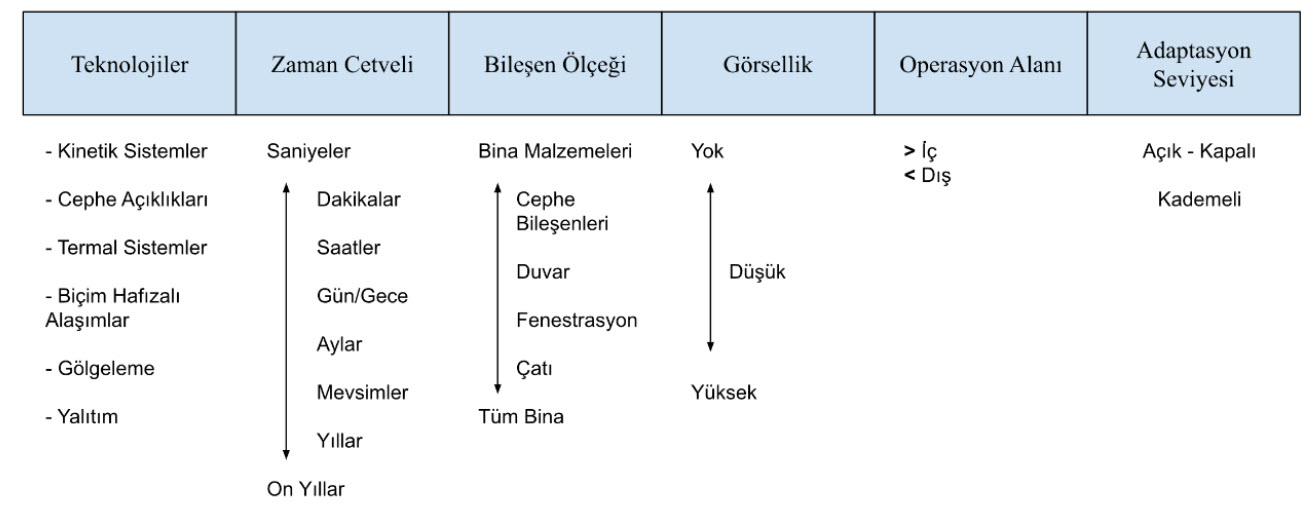
Here are the top 10 kinetic facade projects in the world:
1. Al Bahar Towers – Abu Dhabi, United Arab Emirates
The Al Bahar Towers, designed by Aedas Architects, are inspired by Islamic architecture and feature sun-shading panels. These panels automatically open and close according to the sun’s position, regulating the building’s interior temperature and saving energy.
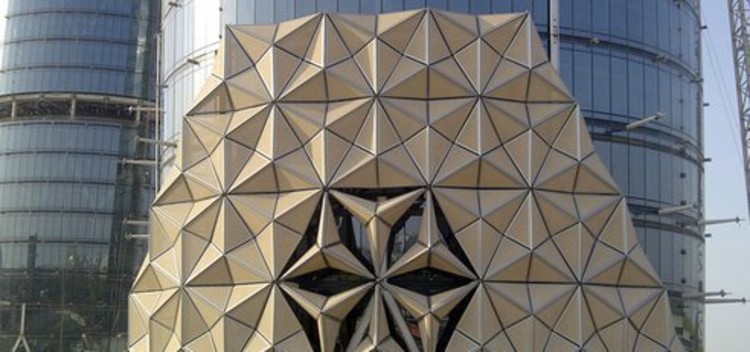
2. Institut du Monde Arabe – Paris, France
Designed by Jean Nouvel, the Institut du Monde Arabe features a facade with moving diaphragms that control daylight. These diaphragms, inspired by geometric patterns in Islamic architecture, automatically adjust throughout the day to optimize light entering the building.

3. Kiefer Technic Showroom – Bad Gleichenberg, Austria
Designed by Giselbrecht + Partners, this building features a facade made up of 112 motorized aluminum panels. The panels automatically open and close throughout the day to control natural light and interior temperature, enhancing energy efficiency.

4. The Media-TIC Building – Barcelona, Spain
Designed by Cloud 9, this building focuses on energy efficiency and sustainability. The kinetic facade system uses gas-filled ETFE cushions and photovoltaic cells to control the building temperature and minimize energy consumption.

5. One Ocean Pavilion – Yeosu, South Korea
Designed by Soma Architects for Expo 2012, this structure has a kinetic facade that mimics wave motion. The building’s facade comprises dynamic elements that move with the wind, offering an aesthetic in harmony with the environment.

6. Brisbane Airport Kinetic Parking Garage – Brisbane, Australia
Designed by UAP, this parking garage consists of approximately 250,000 moving aluminum panels. The panels move with the wind to create a dynamic light and shadow effect, giving the building a constantly changing visual appeal.

7. Allianz Headquarters – Zurich, Switzerland
Designed by SOM (Skidmore, Owings & Merrill LLP), the Allianz Headquarters features movable sun-shading panels. These panels control sunlight, reducing the building’s energy consumption and air conditioning costs.

8. Dynamic Tower – Dubai, United Arab Emirates (In Planning)
Designed by David Fisher, the Dynamic Tower will be the world’s first rotating skyscraper when completed, with each floor capable of rotating 360 degrees around its axis. The project will provide residents with constantly changing views and is designed to generate its own energy using solar panels and wind turbines.
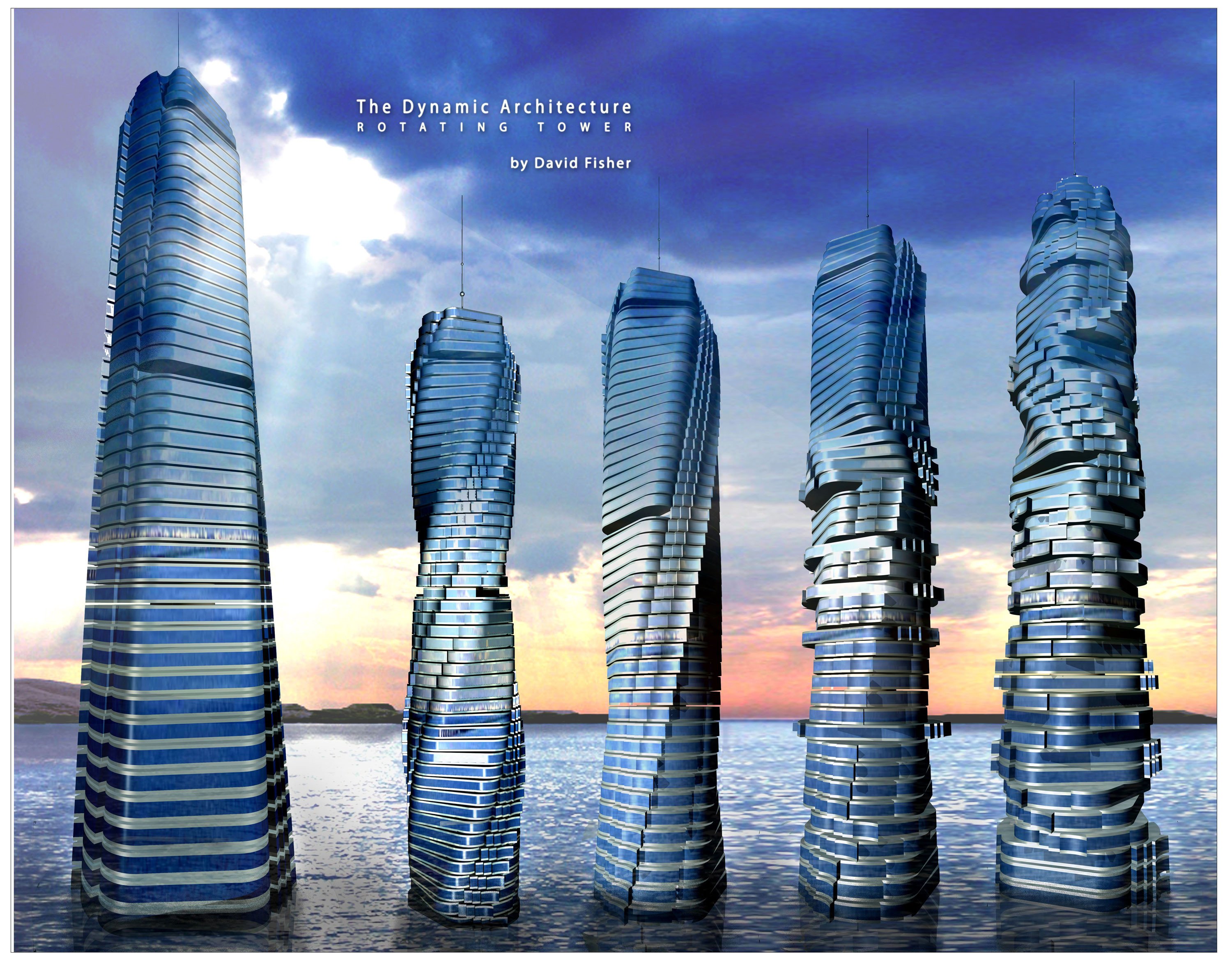
9. Elbphilharmonie – Hamburg, Germany
Designed by Herzog & de Meuron, the Elbphilharmonie is one of Hamburg’s iconic structures. Its facade system is equipped with movable glass panels that optimize acoustic performance and energy efficiency. The facade is designed to respond to environmental factors like wind and sunlight.
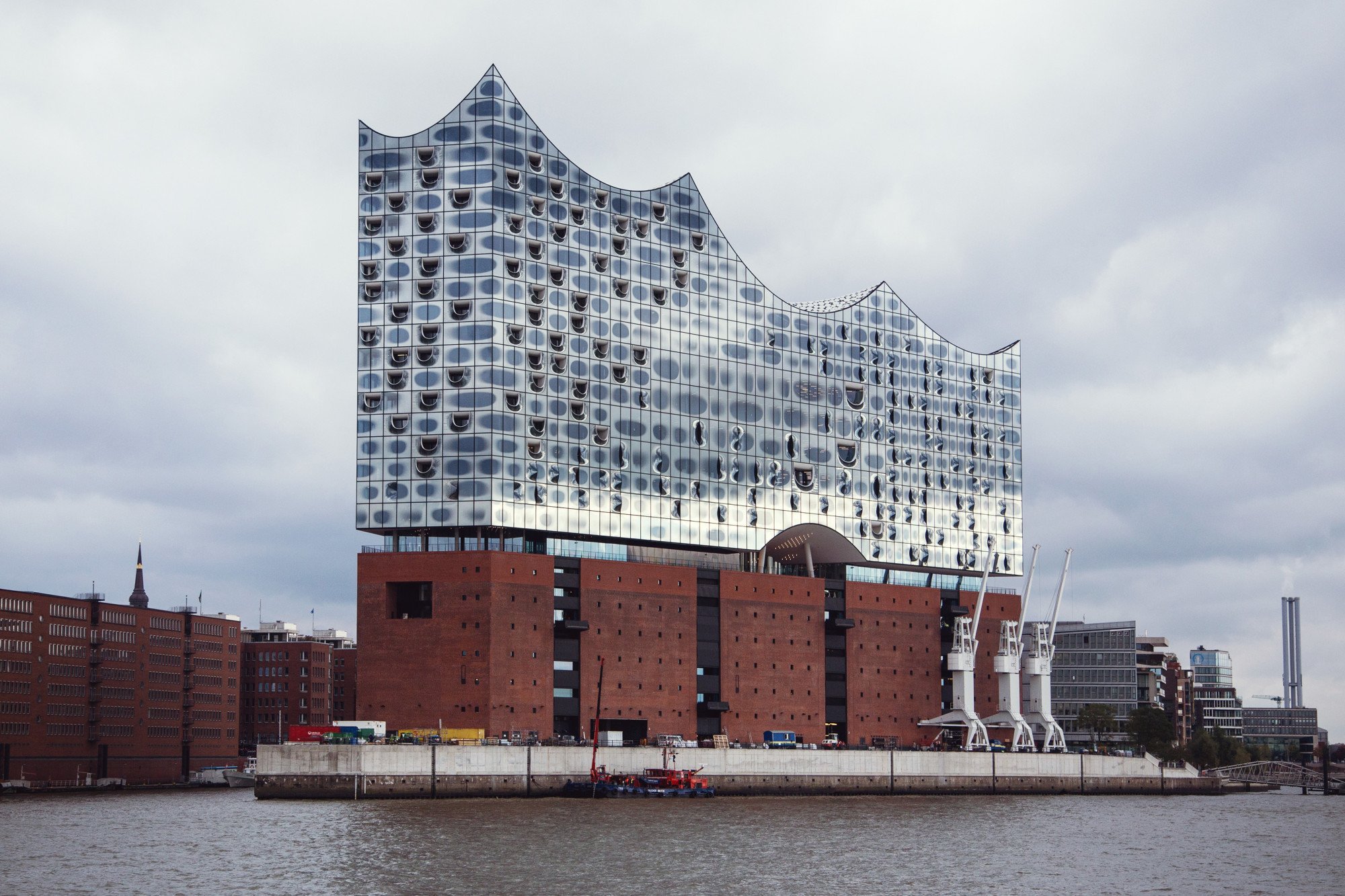
10. 30 St Mary Axe (The Gherkin) – London, England
Designed by Norman Foster, 30 St Mary Axe, also known as “The Gherkin,” optimizes energy efficiency with its aerodynamic form and natural ventilation system. Its double-layered glass facade reduces the building’s energy consumption, serving as a sustainable building function.

These projects represent some of the best examples of innovative and creative uses of kinetic facade technologies in the world. Kinetic facades contribute both functionally and aesthetically to architecture, improving energy efficiency and minimizing environmental impact.
9 Great Reasons to Choose ETNA

Happy Customers

7/24 Technical Suppprt

Professional Team

Best Quality Material

Global Workforce

On-Time Delivery

Architectural Design/Engineering

PMP Project Management Professional



